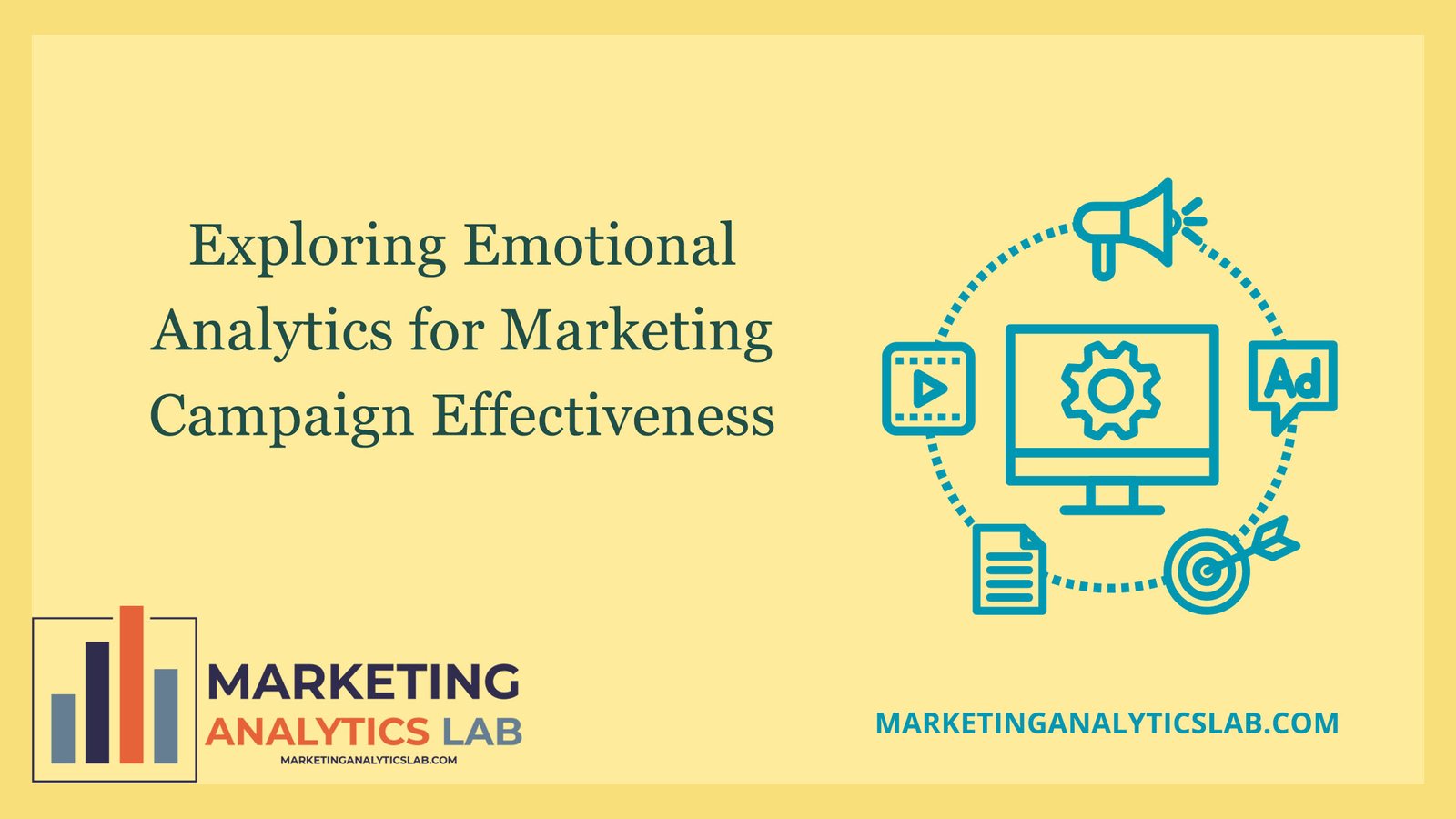Understanding Emotional Analytics in Marketing
In the world of marketing, understanding consumer emotions is crucial for developing effective campaigns that resonate with the target audience. Emotional analytics in marketing is a technique that involves analyzing consumer emotions and behaviors to gain insights into their preferences, motivations, and decision-making processes. By using advanced data analysis tools and techniques, marketers can track and measure emotional responses to their campaigns, allowing them to tailor their messaging and content to better connect with consumers on an emotional level.
Emotional analytics can help marketers identify key emotional triggers that drive consumer behavior, such as fear, joy, excitement, or nostalgia. By understanding how different emotions influence consumer decision-making, marketers can create more targeted and personalized campaigns that are more likely to resonate with their target audience. For example, a company selling luxury products may use emotional analytics to identify the emotions associated with exclusivity and status, and then tailor their marketing messages to evoke these emotions in their target consumers.
By leveraging emotional analytics in marketing, companies can gain a deeper understanding of their customers’ needs, preferences, and motivations, allowing them to create more effective campaigns that drive engagement and sales. By analyzing emotional data, marketers can identify consumer sentiment, predict future trends, and optimize their marketing strategies to better connect with their target audience. Ultimately, emotional analytics can help companies build stronger relationships with their customers and drive long-term brand loyalty.
Improving Campaign Effectiveness through Data Analysis
Data analysis plays a crucial role in improving campaign effectiveness by helping marketers measure the impact of their campaigns and identify areas for improvement. By using data analytics tools and techniques, marketers can track key performance indicators (KPIs) such as click-through rates, conversion rates, and return on investment (ROI) to evaluate the success of their campaigns. Additionally, data analysis can help marketers identify trends, patterns, and insights that can inform future campaign strategies and tactics.
One of the key benefits of data analysis in marketing is the ability to measure and track consumer emotions throughout the customer journey. By analyzing emotional data, marketers can identify which emotions drive consumer engagement, loyalty, and purchase intent. This information can help marketers optimize their campaigns by tailoring their messaging, content, and creative assets to better resonate with their target audience. By understanding how emotions influence consumer behavior, marketers can create more impactful campaigns that drive results and achieve their marketing objectives.
In conclusion, emotional analytics and data analysis are powerful tools that can help marketers improve campaign effectiveness and drive business growth. By understanding consumer emotions and behaviors, marketers can create more targeted and personalized campaigns that resonate with their target audience. By leveraging data analysis tools and techniques, marketers can measure the impact of their campaigns, identify areas for improvement, and optimize their marketing strategies for success. Ultimately, emotional analytics and data analysis can help companies build stronger relationships with their customers, drive engagement and loyalty, and achieve their marketing goals.

